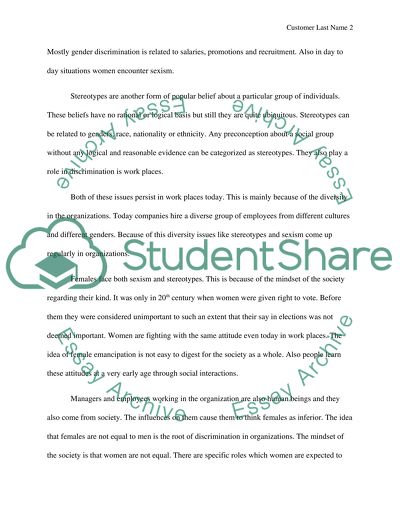Cite this document
(“Gender Inequality in the Workforce Essay Example | Topics and Well Written Essays - 1250 words”, n.d.)
Retrieved from https://studentshare.org/gender-sexual-studies/1409351-gender-inequality-in-the-workforce
Retrieved from https://studentshare.org/gender-sexual-studies/1409351-gender-inequality-in-the-workforce
(Gender Inequality in the Workforce Essay Example | Topics and Well Written Essays - 1250 Words)
https://studentshare.org/gender-sexual-studies/1409351-gender-inequality-in-the-workforce.
https://studentshare.org/gender-sexual-studies/1409351-gender-inequality-in-the-workforce.
“Gender Inequality in the Workforce Essay Example | Topics and Well Written Essays - 1250 Words”, n.d. https://studentshare.org/gender-sexual-studies/1409351-gender-inequality-in-the-workforce.


